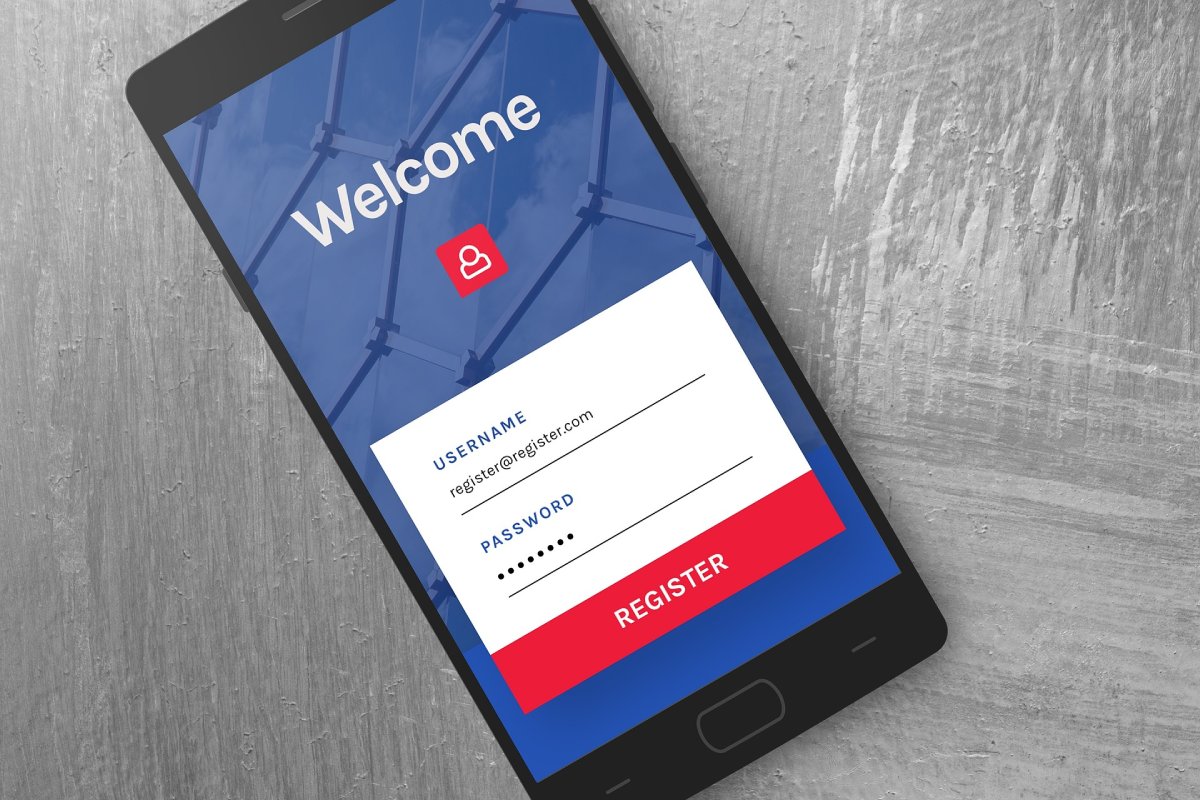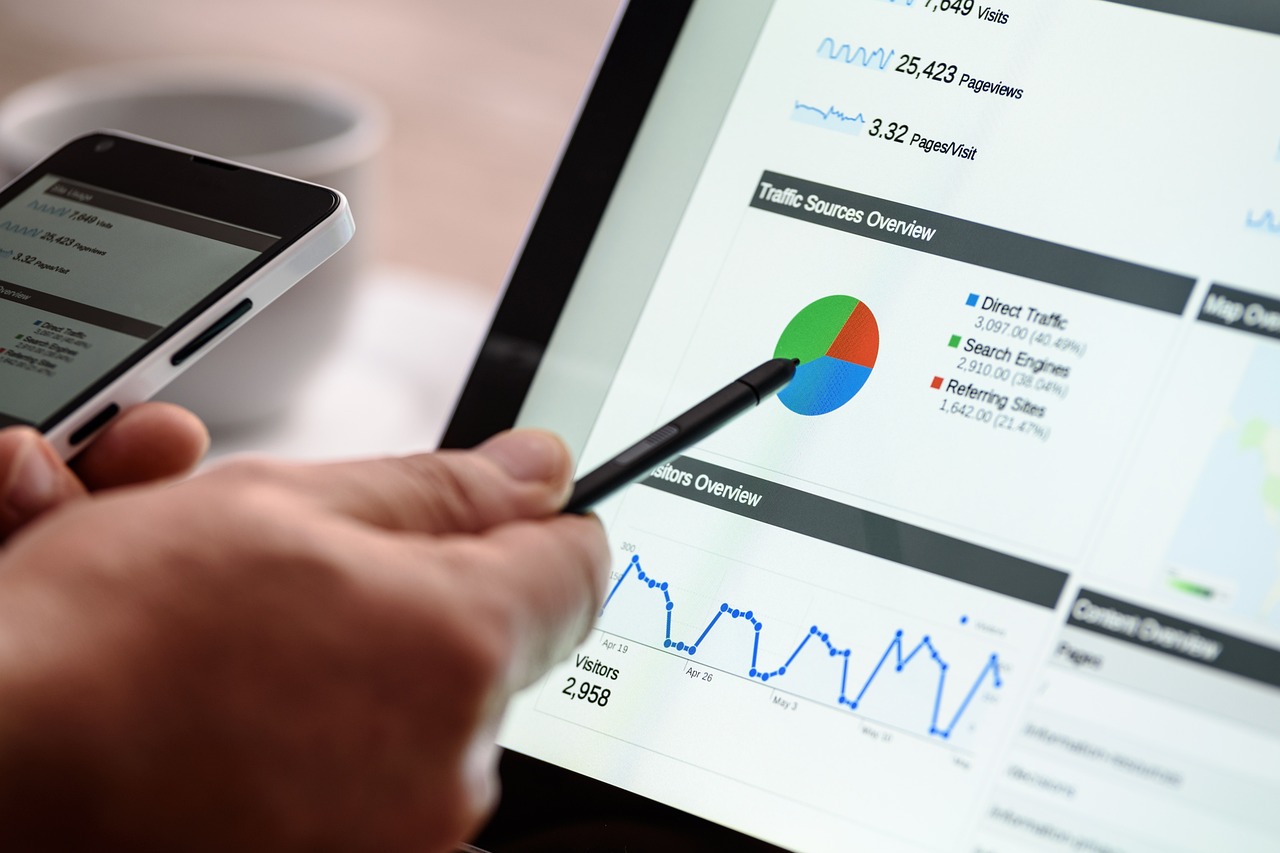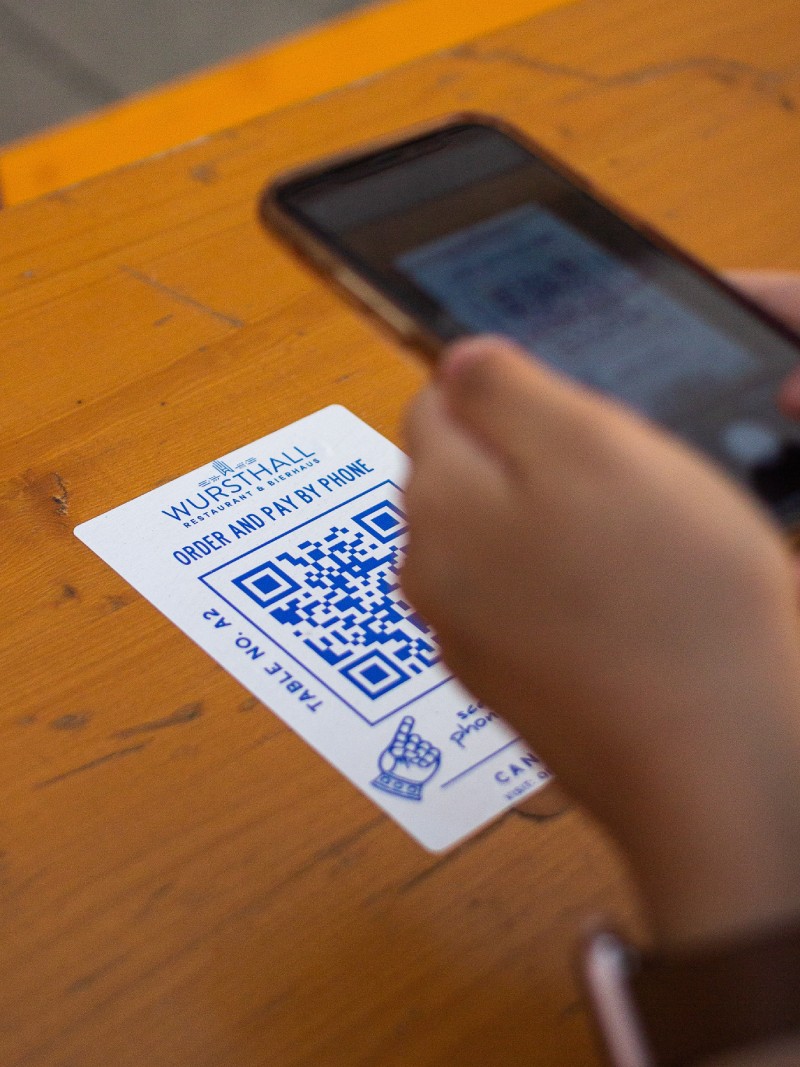Introduction
In our digital age, a vast majority of information is readily available in electronic format. Yet, many of us still have a significant reliance on paper in our daily lives. This dependence contributes to environmental concerns and clutters our living spaces. The concept of paperless living presents an opportunity to reduce our environmental impact while embracing the efficiency and organization digital solutions can offer.
The Problem with Excessive Paper Use
Our use of paper has significant environmental implications. The paper industry contributes to deforestation, water pollution, and greenhouse gas emissions. From the production process to disposal, each piece of paper we use has an environmental cost. Furthermore, the space and resources required to manage, store, and dispose of paper can add unnecessary clutter and complexity to our lives.
The Current State of Paper Consumption
Despite the rise of digital technology, global paper consumption continues to increase. This trend underscores the importance of examining our individual paper use and considering ways to reduce our dependence on paper.
A Brief Introduction to Paperless Living
The concept of paperless living is rooted in the idea of minimizing or eliminating our dependence on paper by leveraging digital tools and platforms. By converting physical documents into digital formats and adopting digital solutions for tasks traditionally performed on paper, we can reduce our environmental footprint, improve organization, and increase efficiency.
The Potential of Going Paperless
Going paperless can offer numerous benefits beyond environmental sustainability. It can provide better accessibility to information, reduce clutter, enhance data security, and save time and money.
Overview of the Post
In this blog post, we will explore the concept of paperless living in depth. We will look at the environmental impact of paper use, the benefits of going paperless, and practical strategies to reduce our paper dependence. Furthermore, we will discuss potential challenges of transitioning to a paperless lifestyle and how to overcome them.
The goal is to provide a comprehensive guide for anyone interested in reducing their paper use and embracing a more sustainable, organized, and efficient way of living. Whether you’re just starting to consider going paperless or you’re looking for more ways to reduce your paper use, this post aims to provide valuable insights and actionable tips.
As we delve into the world of paperless living, keep in mind that even small changes can make a significant difference. The journey towards a paperless lifestyle is not about perfection but about making conscious decisions to reduce our environmental impact and simplify our lives. Let’s embark on this journey together.
Understanding the Environmental Impact of Paper
Before we delve into the ways to go paperless, it’s crucial to understand the environmental impact of paper production and usage. The lifecycle of a single piece of paper—from the felling of trees to its eventual disposal—has significant implications for our planet.

Deforestation and Habitat Destruction
The starting point of paper production is often in forests. Paper production is a major contributor to deforestation and habitat destruction. While trees are a renewable resource, the rate at which they’re being cut down for paper production far outpaces the rate of replanting and natural regrowth.
Biodiversity Loss
This habitat destruction doesn’t just mean fewer trees. It also leads to the loss of biodiversity, as countless species lose their homes and struggle to survive. When we consider the environmental impact of paper, it’s not just about trees—it’s about entire ecosystems.
Water and Energy Consumption in Paper Production
Paper production is also resource-intensive. It requires large amounts of water and energy, contributing to water scarcity issues and greenhouse gas emissions. From pulping and bleaching processes to transportation, each stage of paper production uses significant resources.
Emissions and Pollution
The energy for paper production often comes from burning fossil fuels, leading to the emission of greenhouse gases. Moreover, the chemicals used in paper processing can pollute waterways, posing risks to aquatic life and downstream ecosystems.
Waste and Recycling Issues
Finally, there’s the issue of waste. Despite recycling efforts, a large portion of paper ends up in landfills, where it decomposes and releases methane, a potent greenhouse gas. Additionally, the recycling process itself requires energy and water and often involves bleaching agents that can harm the environment.
The Limitations of Recycling
While recycling is an important part of reducing the environmental impact of paper, it’s not a complete solution. Paper can only be recycled a limited number of times before the fibers become too short to be useful. Furthermore, not all paper products are recyclable, and contamination can reduce the effectiveness of recycling programs.
Understanding these environmental impacts gives us a clearer picture of the true cost of our paper dependence. It highlights the need for us to reduce our paper use and seek out more sustainable alternatives—enter the concept of paperless living. In the following sections, we’ll explore how we can decrease our paper footprint and embrace a lifestyle that is not only more sustainable but often more efficient and organized.
Personal Advantages of Paperless Living
Beyond the environmental benefits, paperless living offers several personal advantages. By transitioning to digital systems and minimizing paper use, you can experience improvements in organization, security, and even cost savings. The digital world provides tools that help manage information more efficiently, provide more robust protection, and reduce expenses associated with paper use.

Efficiency and Organization
One of the main benefits of going paperless is the ability to organize and access information more efficiently. Digital files can be stored, sorted, searched, and retrieved far more quickly than physical documents. This can save substantial time and eliminate the stress of managing piles of paper.
Streamlined Workflow
Imagine no more time spent rifling through stacks of documents to find a particular bill or receipt. No more misfiled or lost papers. A digital system allows you to categorize and tag files, making them easy to locate. Additionally, tools like cloud storage offer the ability to access your files from anywhere, adding a layer of convenience to your workflow.
Security and Data Protection
Digital documents also offer advantages in terms of security and data protection. While physical documents are vulnerable to theft, loss, or damage from disasters like fires or floods, digital files can be encrypted, password-protected, and backed up to secure locations.
Peace of Mind
With digital storage, you can create multiple backups of your important documents, ensuring they’re safe even if one storage location fails. You can also control who has access to these files, providing an additional layer of security. Paperless living can thus provide a significant increase in the protection of your personal information.
Cost Savings
Transitioning to a paperless lifestyle can also result in cost savings. Although this may not be the primary reason for going paperless, it’s a welcome benefit. The costs associated with paper are not just about purchasing paper itself, but also relate to the expenses of printing, storage, disposal, and postage.
Minimizing Hidden Costs
By reducing paper usage, you’re also reducing the need for printers, ink cartridges, filing cabinets, and other associated items. You might even save on postage by choosing to receive and pay bills online. Over time, these savings can add up, making the shift to paperless living not just an environmentally-friendly choice but a financially smart one too.
Paperless living, with its environmental and personal benefits, offers a compelling case for reducing our dependence on paper. However, this transition might seem overwhelming at first glance. In the following sections, we will walk you through some practical steps to begin your paperless journey and address common challenges you might face along the way.
How to Transition to a Paperless Home
Transitioning to a paperless lifestyle is a process that involves changes in various aspects of daily life. The key is to start small, gradually implementing changes as you grow more comfortable with the digital alternatives. Let’s explore a few strategies that can help you make your home paperless.

Digital Subscriptions and Communications
A major source of paper clutter in homes is mail, including bills, newsletters, magazines, and catalogs. To combat this, consider switching to digital subscriptions and communications.
Opting for Electronic Billing and Communications
Most service providers offer the option to receive bills and communications electronically. It’s usually as simple as logging into your account and changing your preferences. This eliminates the paper trail and makes it easier to track and pay bills.
Subscribing to Digital Versions
For magazines and newspapers, consider switching to digital subscriptions. These are often cheaper, more portable, and provide interactive content that isn’t possible in print.
Electronic Note-taking and Planning Tools
Taking notes and planning are other areas where paper often dominates. However, electronic tools can be more efficient and flexible.
Using Digital Note-taking Apps
Apps like Evernote, Microsoft OneNote, and Google Keep allow you to take, store, and organize notes across your devices. They offer search functionalities, making it easy to locate specific notes when you need them.
Utilizing Digital Planners and Calendars
Digital calendars and planners, like Google Calendar or Apple’s iCal, offer significant advantages over paper. They can send reminders, sync across devices, and be shared with others—making them a valuable tool for coordinating schedules with family or colleagues.
Digitizing Important Documents
For important documents like tax records, contracts, or warranties, you may worry about losing the original paperwork. The solution? Digitize them.
Creating Digital Copies
You can scan these documents and store them digitally. Remember to back up these files in multiple locations for extra security.
Organizing and Securing Digital Files
Create a clear file naming and organization system to easily locate documents. Use password protection or encryption for sensitive files, ensuring your important information remains secure.
Transitioning to a paperless home involves adopting new habits and learning to utilize digital tools effectively. But remember, this change doesn’t have to happen overnight. The goal isn’t perfection—it’s progress. As you embark on this paperless journey, be patient with yourself. Over time, you’ll see your paper clutter decrease, and the benefits of a paperless lifestyle become increasingly apparent.
Paperless Practices at Work
Adopting a paperless lifestyle doesn’t end at your home’s doorstep. There’s a considerable potential for reducing paper usage in the workplace as well. Companies across the globe are recognizing this and gradually implementing paperless practices. Let’s discuss a few strategies that can help you reduce your paper footprint at work.

Email and Digital Collaboration Tools
One of the simplest ways to reduce paper usage in the office is to utilize digital communication and collaboration tools. This not only eliminates the need for paper but also fosters better collaboration among team members.
Efficient Communication
Email has already largely replaced traditional mail in the corporate world. However, also consider using instant messaging apps like Slack or Microsoft Teams for quick communication. These platforms reduce the need for printed memos or notes.
Collaborative Working
Tools like Google Docs or Microsoft 365 allow multiple people to work on a document simultaneously, eliminating the need for multiple printed copies. These platforms also provide features like commenting and version history, making the review process more efficient.
Electronic Invoicing and Billing
Switching to electronic invoicing and billing can drastically reduce the paper used in financial transactions.
Streamlined Financial Operations
E-invoicing systems automate much of the invoicing process, reducing paper use, and minimizing human error. Moreover, these systems often allow you to pay bills directly through a linked bank account or credit card, making the payment process more efficient.
Sustainability and Cost-Effectiveness
The transition to e-invoicing not only supports sustainability efforts but also saves money. By reducing printing, postage, and storage costs, it’s a win-win situation for businesses.
Virtual Meetings and Trainings
Virtual meetings and trainings are another avenue to reduce paper usage. With the rise of video conferencing tools like Zoom or Microsoft Teams, virtual meetings have become the norm in many companies.
Reducing Printouts for Meetings
For meetings, consider sharing the agenda and related documents digitally. Participants can follow along on their devices, eliminating the need for printouts.
Online Training Platforms
For trainings, consider using online platforms that provide interactive content, quizzes, and progress tracking. This negates the need for printed training manuals and contributes to a more engaging learning experience.
While each of these practices may seem small in isolation, collectively, they can have a significant impact on a company’s paper usage. Moreover, adopting these paperless practices often leads to more efficient workflows, cost savings, and a more modern, digital-friendly company culture. As you endeavor to reduce your dependence on paper, remember that every bit counts, and no step is too small in this worthwhile journey.
Paperless Solutions for Education
The education sector, like any other, can significantly benefit from reducing paper usage. With technological advancements, it’s easier than ever for schools and universities to go paperless, enhancing both teaching and learning experiences. Let’s explore some of the ways that educators and students can adopt paperless solutions.

E-books and Digital Learning Resources
The transition from traditional textbooks to e-books and digital learning resources is a significant step towards paperless education.
Rich Learning Experience
E-books offer interactive content such as videos, animations, and hyperlinks that enhance the learning experience. Plus, they’re often updated regularly, ensuring students have access to the most recent information.
Accessibility and Convenience
With digital learning resources, students can access educational material anytime, anywhere. They are lighter to carry and easier to search through than conventional textbooks. They can also be quickly updated, providing students with the most current information.
Online Assignment and Grading Systems
Online assignment submission and grading systems reduce the need for printed assignments and feedback forms.
Streamlined Workflows
Teachers can post assignments online, students can complete and submit them digitally, and teachers can grade and provide feedback online. This streamlined process reduces paper usage while increasing efficiency and organization.
Real-Time Feedback
Digital grading systems also allow for real-time feedback. Students can make improvements as they learn, leading to better understanding and performance.
Virtual Communication Channels
Virtual communication channels are also valuable in reducing paper usage in educational settings.
Efficient Communication
Teachers can share announcements, reminders, and updates through digital communication platforms like email or learning management systems, reducing the need for paper notices.
Enhanced Student-Teacher Interaction
These channels also facilitate increased student-teacher interaction. Students can ask questions or seek clarifications outside of class hours, leading to improved understanding and academic performance.
In conclusion, embracing paperless solutions in education can have profound benefits, not only reducing paper usage but also improving the quality of education. By integrating technology into the classroom, we can foster an engaging, efficient, and eco-friendly learning environment. Just as in other areas of life, every step towards paperless living taken in the educational sector brings us closer to a more sustainable future.
Overcoming Obstacles to Paperless Living
As beneficial as paperless living may be, the journey towards it isn’t without its challenges. However, every hurdle offers an opportunity for creative solutions. This section will explore some of the common obstacles to a paperless lifestyle and how you can address them.

Dealing with Digital Divide
One of the biggest barriers to paperless living is the digital divide — the gap between those who have easy access to computers and the internet, and those who do not.
Leveraging Public Resources
Public libraries often provide free access to computers and the internet. In addition, several non-profit organizations and government programs aim to increase digital inclusion by providing affordable devices and internet access.
Supporting Digital Literacy
For those unfamiliar with using technology, local community centers and libraries often offer free or low-cost digital literacy classes. Online tutorials and guides can also be invaluable in helping individuals gain digital skills.
Handling Inevitable Paper Receipts
Despite our best efforts, some paper, like receipts and invoices, is unavoidable. How do we handle these?
Opting for Digital Receipts
Wherever possible, opt for digital receipts. Many retailers and service providers now offer this option.
Scanning and Digitizing
For unavoidable paper receipts, use a mobile scanning app to digitize them and then recycle the paper versions. There are numerous apps available that can convert a paper document into a high-quality digital copy.
Ensuring Access to Digital Documents
Another challenge is ensuring access to your digital documents whenever you need them.
Using Cloud Storage
Cloud storage solutions like Google Drive or Dropbox allow you to store documents online, ensuring they’re accessible from any device with internet access.
Implementing Backup Solutions
To protect against data loss, implement a robust backup system. This could involve regularly backing up your documents to an external hard drive or using an automated online backup service.
The road to paperless living may have its hurdles, but with a little persistence and creative problem-solving, you can navigate these challenges. Over time, the benefits of a paperless lifestyle — from convenience and efficiency to cost savings and environmental sustainability — will far outweigh these initial obstacles. So, don’t let these challenges deter you; instead, view them as opportunities to learn, grow, and contribute to a greener future.
Responsible Paper Use and Recycling
Even as we strive for paperless living, we recognize that complete elimination of paper use might not be feasible or practical for everyone at all times. When paper usage is unavoidable, it’s essential to use and dispose of it responsibly. This section outlines some strategies for conscientious paper use and recycling.

When Paper Use is Unavoidable
Despite our best efforts, sometimes using paper is inevitable. Here’s how we can ensure we’re doing it responsibly.
Double-Sided Printing
If you must print, always try to use both sides of the paper. This simple practice can halve your paper usage.
Paper Minimization Techniques
Consider techniques such as shrinking font sizes, tightening line spacing, and eliminating unnecessary images to minimize the amount of paper needed for a print job.
Choosing Recycled Paper Products
When purchasing paper, opt for products made from recycled content whenever possible.
Look for Certification Labels
To ensure that the paper product is made from recycled materials, look for certification labels like the Forest Stewardship Council (FSC) label. The higher the percentage of post-consumer waste (PCW), the better.
Paper with a Purpose
If you need to purchase paper products, consider companies that give back to the environment, such as those that plant trees for every purchase made.
Proper Paper Disposal and Recycling
Proper disposal of paper is as important as reducing its use.
Segregate for Recycling
Ensure paper waste is separated from other types of waste for recycling. Many municipalities offer separate waste collection services for paper.
Be Aware of Non-Recyclable Paper
Not all paper products are recyclable. For example, paper products soiled with food, like pizza boxes, often cannot be recycled. Check your local recycling guidelines to know what’s acceptable.
While the journey to a paperless lifestyle is a worthy pursuit, it’s essential to acknowledge the situations when paper use is necessary. In these instances, conscious decisions around paper usage, purchase, and disposal can significantly lessen environmental impact. Even as we move towards digital solutions, let’s continue to respect and value paper as a resource, using and discarding it responsibly. Our efforts, no matter how small, contribute to the larger picture of environmental conservation.
Wider Benefits of a Paperless Society
Transitioning to a paperless lifestyle does not only benefit individuals—it also yields broader societal advantages. Let’s explore some of the far-reaching impacts of adopting a paperless culture at a macro level, beyond the confines of our personal lives and workspaces.

Environmental Conservation and Sustainability
A collective move towards paperless living could result in significant environmental conservation and enhanced sustainability efforts.
Reduction in Deforestation
By reducing demand for paper, we indirectly contribute to a decrease in deforestation, preserving vital habitats for countless species and helping to maintain our planet’s biodiversity.
Decreased Energy Use and Pollution
Paper production requires substantial amounts of energy and water, contributing to both air and water pollution. By lessening our dependence on paper, we minimize these environmental harms.
Economic Efficiency
Opting for digital alternatives can also lead to more economically efficient processes in various sectors.
Cost Savings
Businesses can save on the costs of paper, printing supplies, and storage space by switching to digital systems. Similarly, governments can streamline services, reducing the costs and time taken to process paperwork.
Efficient Processes
Digital systems generally improve efficiency. Tasks such as searching for specific information, making backups, or sharing documents become much quicker and easier.
Technological Innovation and Progress
The shift towards a paperless society fosters technological innovation and progress.
Promoting Digital Literacy
The need to adopt digital solutions promotes digital literacy—a critical skill in our increasingly digital world. This could lead to broader societal benefits such as enhanced access to information and opportunities.
Stimulating Innovation
As more people seek digital alternatives to paper, there is increased demand for innovative software and hardware solutions, further driving technological advancement.
Adopting a paperless lifestyle not only brings about immediate personal benefits—it also contributes significantly to wider societal benefits. By reducing our reliance on paper, we help conserve the environment, promote economic efficiency, and spur technological innovation. In doing so, we move closer to a more sustainable and efficient society. The cumulative impact of individual efforts can lead to substantial change, making each step towards a paperless lifestyle a stride towards a better future.
Conclusion
As we conclude our exploration into paperless living, let’s revisit the significant points we’ve discussed, understand the broader implications of going paperless, and encourage you to begin your journey towards a less paper-dependent lifestyle.

Recap of Key Points
Throughout this post, we’ve delved into various aspects of paperless living. We examined the environmental impact of paper, including deforestation, energy consumption, and waste generation. We discussed the personal advantages of going paperless, such as increased efficiency, better security, and cost savings.
Moreover, we’ve navigated through practical steps you can take to transition to a paperless home and work life, as well as in education. We’ve explored how to handle challenges that come with the digital shift and highlighted responsible paper use and recycling when going completely paperless isn’t feasible.
The Bigger Picture of Paperless Living
Paperless living isn’t just about the individual; it’s about all of us. By shifting towards digital alternatives, we contribute to environmental conservation, economic efficiency, and technological innovation. Each digital invoice, eBook, or email contributes to a significant cumulative effect that can bring about substantial societal change. It’s not merely about making our lives more organized—it’s about making our planet more sustainable.
Encourging Readers to Start their Paperless Journey
As daunting as it might initially seem, going paperless is a journey, and every journey begins with a single step. Start with simple actions: opt for digital receipts, use note-taking apps, or read your news online. Gradually, these steps will become a habit, and you’ll find yourself making strides in your paperless journey.
We hope this post has enlightened you about the implications of excessive paper use and inspired you to consider alternatives. As you embark on your paperless journey, remember that each small step counts. It’s not just about reducing clutter or saving money—it’s about making a significant difference in the world.
Embrace the paperless revolution, and join the growing number of individuals, businesses, and educational institutions making a conscious choice to reduce their dependence on paper. In doing so, you’re not only investing in a more organized and efficient life for yourself but also contributing to a more sustainable future for us all.

